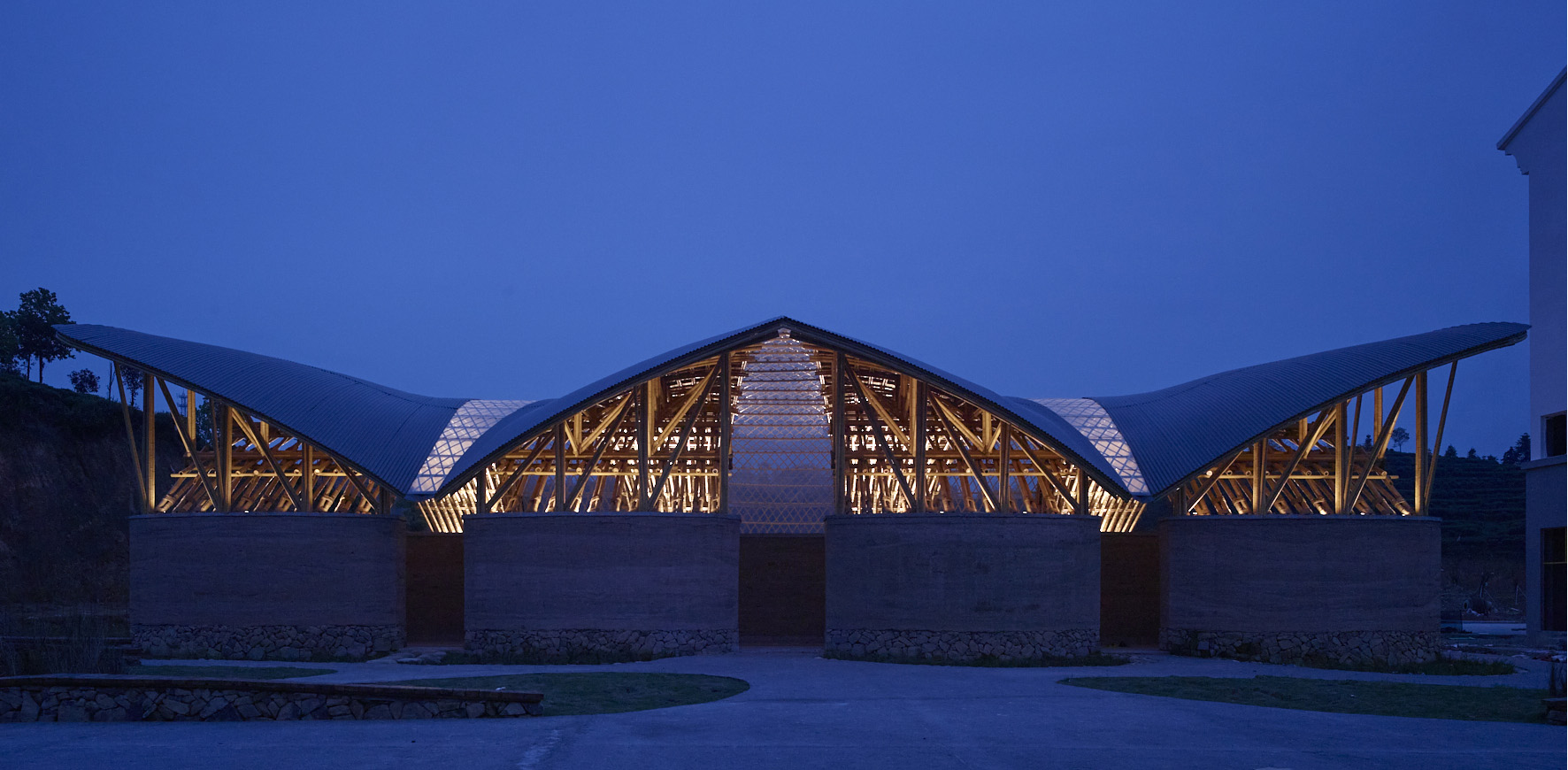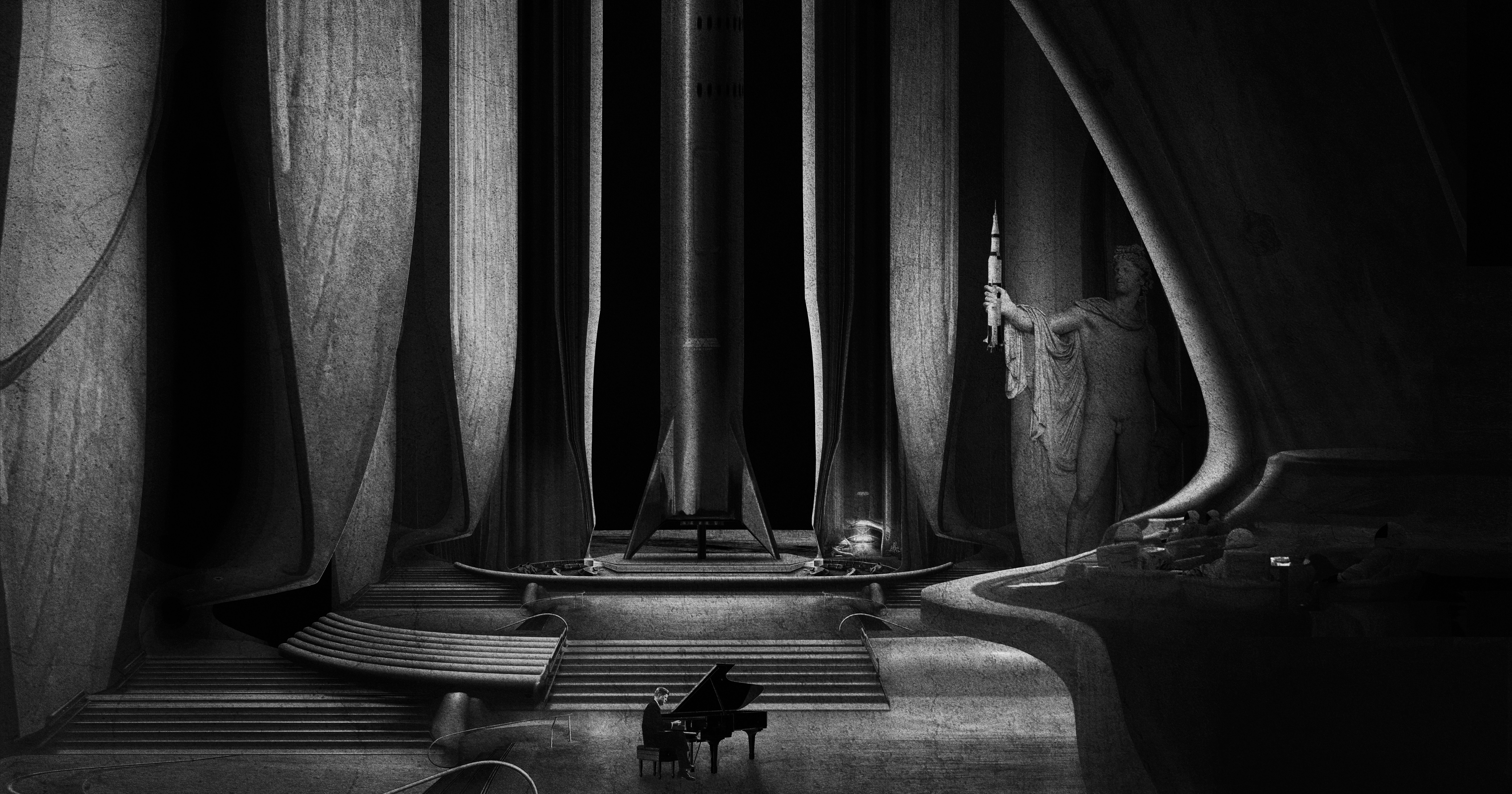Architects: Want to have your project featured? Showcase your work by uploading projects to Architizer and sign up for our inspirational newsletters.
As we glean further understanding from the teachings of the natural world, biomimicry has established itself as a fundamental influence in many fields of design. In recent years, nature and natural processes have become a guiding example for architecture and construction alike, with the complex shapes and forms found throughout the animal kingdom regularly proving they are superior to the comparatively modest structures adopted by man.
Honeycomb is one such structural design influence. Inspired by the beehive and first implemented in the aerospace industry, the interlocking hexagonal shapes of the honeycomb have become revered in the architectural world. Applied to building design and construction materials, honeycomb-inspired techniques are favored for their high specific strength, low density, and reduced materials required for manufacturing.

Hive by OPENIDEAS ARCHITECTS Surat, India Photographs by Fabien Charuau
Hive is conceived and designed as an intelligent, adaptable and sustainable family home. The building is striking and impressive. Developed in a three-dimensional honeycomb pattern, the façade is a well-executed blend of art and engineering. Chosen for its structural strength, the biomimicry inspired home uses the unique opening mechanism of the cladding to adjust light exposure and control thermal comfort levels inside the family home.

La Bella Vita by Antonio Citterio Patricia Viel, Taichung City, Taiwan Photographs by Studio Millspace and Yuchen Zao
La Bella Vita is an expansive residential project by Antonio Citterio Patricia Viel (ACPV). Located in Taichung, Taiwan. The impressive landmark comprises four towers that are simultaneously complementary and distinct.
The connecting feature is the tallest of the four, the 37-story eye-catching amber tower. Designed with honeycomb-shaped windows, the building is directly indicative of a beehive. Throughout the day, the city light transforms the façade casting a golden effect across the city while also illuminating the interior spaces. The result is a warm and enchanting glow that lifts the interior and brings elegance throughout. 
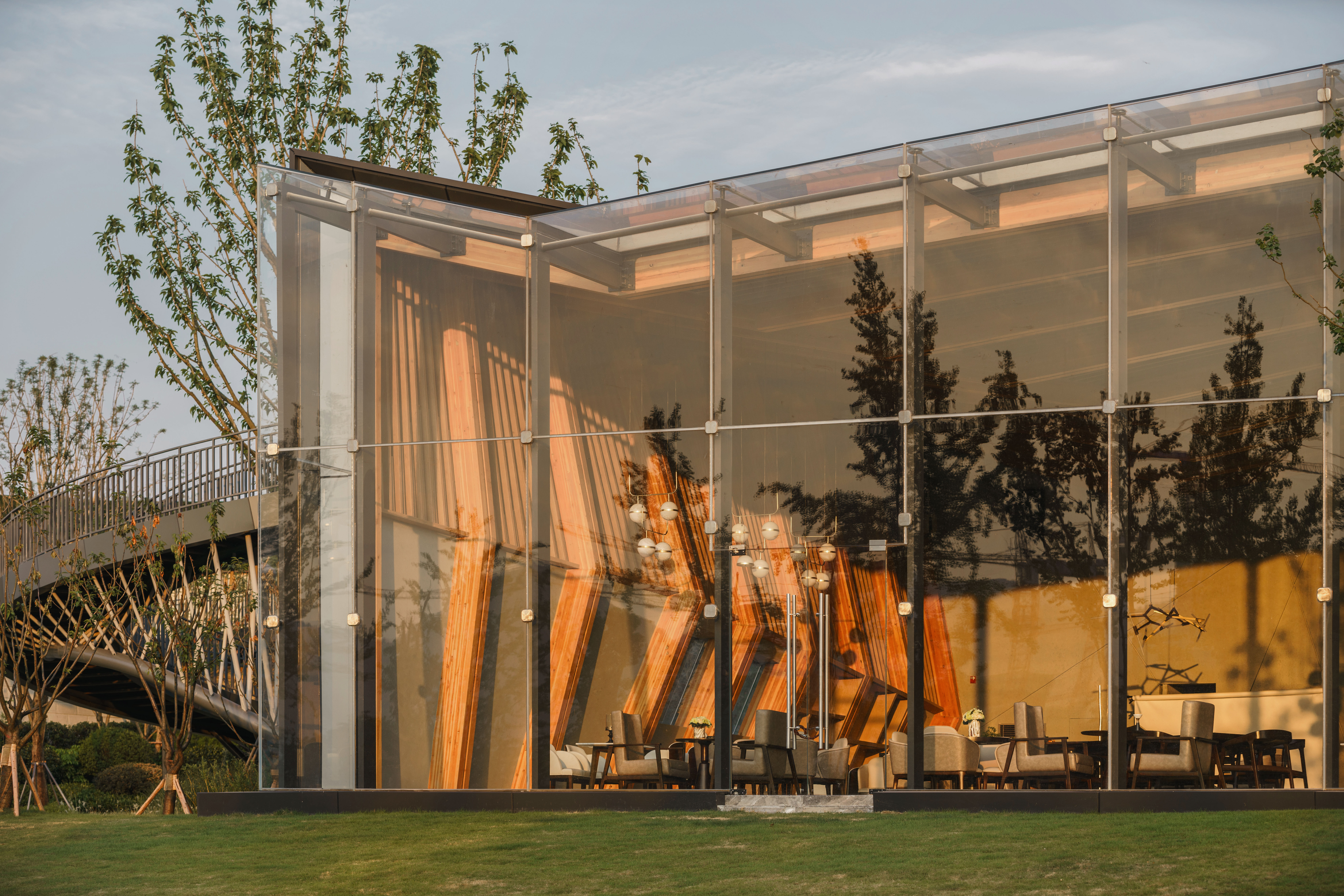
Yuanlu Community Center by Challenge Design, Chongqing, China Photographs by Prism Images
The Yuanlu Community Center is a prominent building that stands out on its site. Designed as a multi-purpose space including an exhibition hall, book bar, swimming pool, and cafe, the community center merges traditional Chinese concepts with a strikingly modern aesthetic. The exterior is a glittering combination of hexagonal shapes, seamlessly connected to encapsulate the internal Glulam structure. The fish scale-like cladding is able to follow the unusual form of the building easily and effectively. 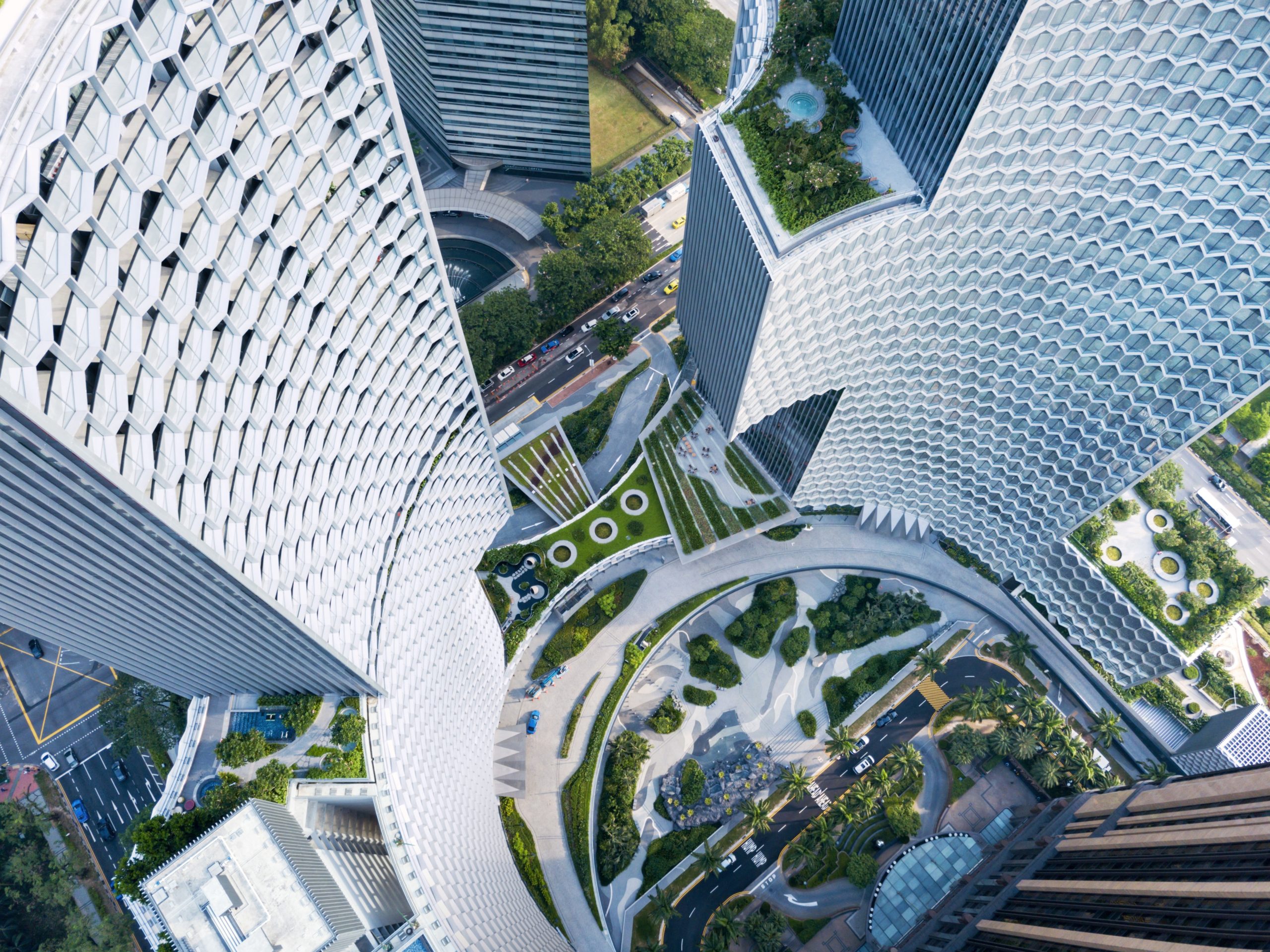
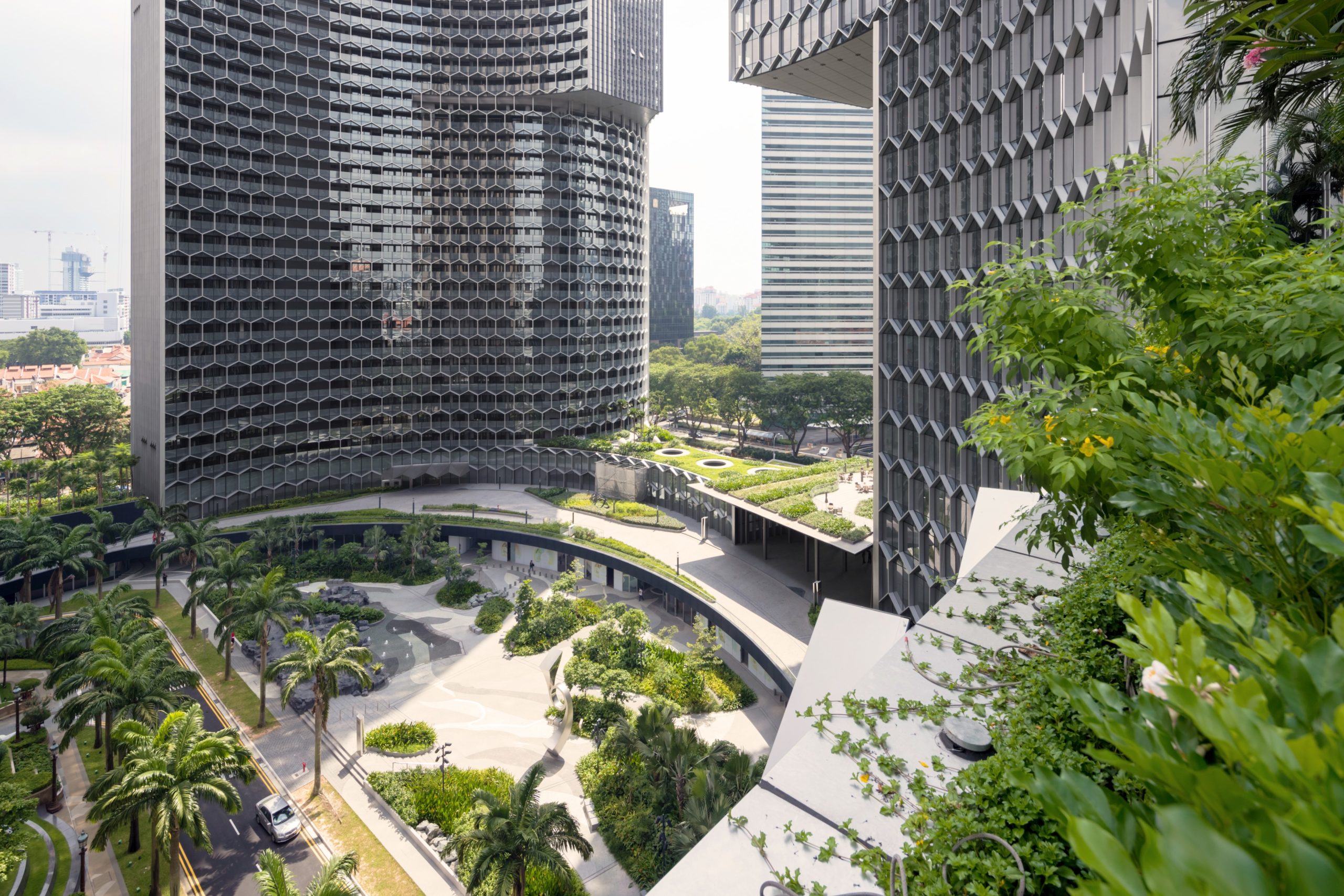
DUO by Buro Ole Scheeren Singapore Photographs by Iwan Baan
DUO is a mixed-use development constructed to revive a stagnant area in Singapore. The curved footprint of the buildings created a central urban oasis that provides open public space within the city. The façade of both buildings was developed as an intricate honeycomb texture designed to cling perfectly to the concave curve of the towers while accentuating the dramatic cantilevers and setbacks all across the buildings.
The honeycomb face also serves as a functional element in the building’s environmental strategy. Comprised of a series of sunshades, the hexagonal grid protects the towers from the heat and glare of the sun throughout the day.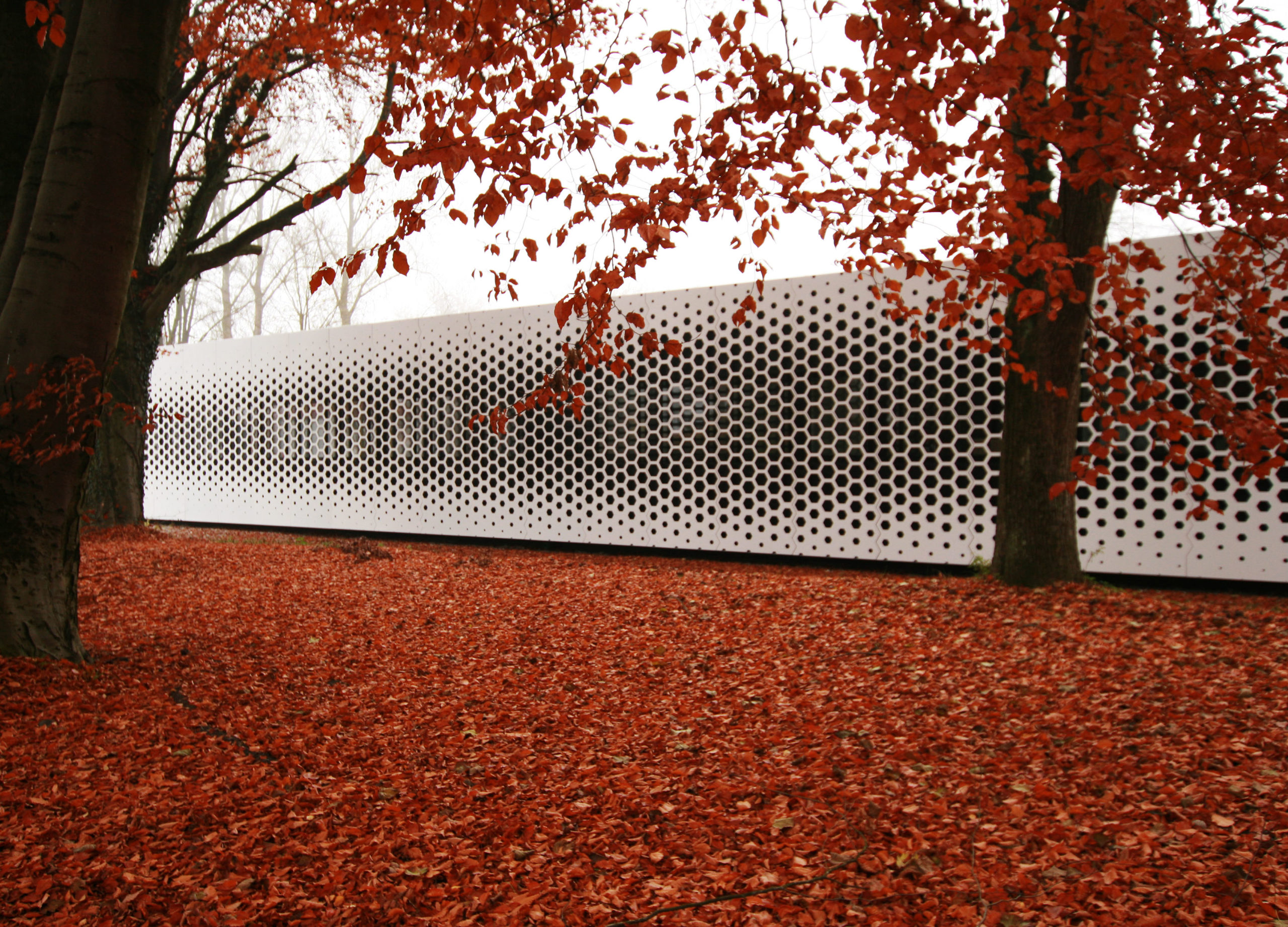
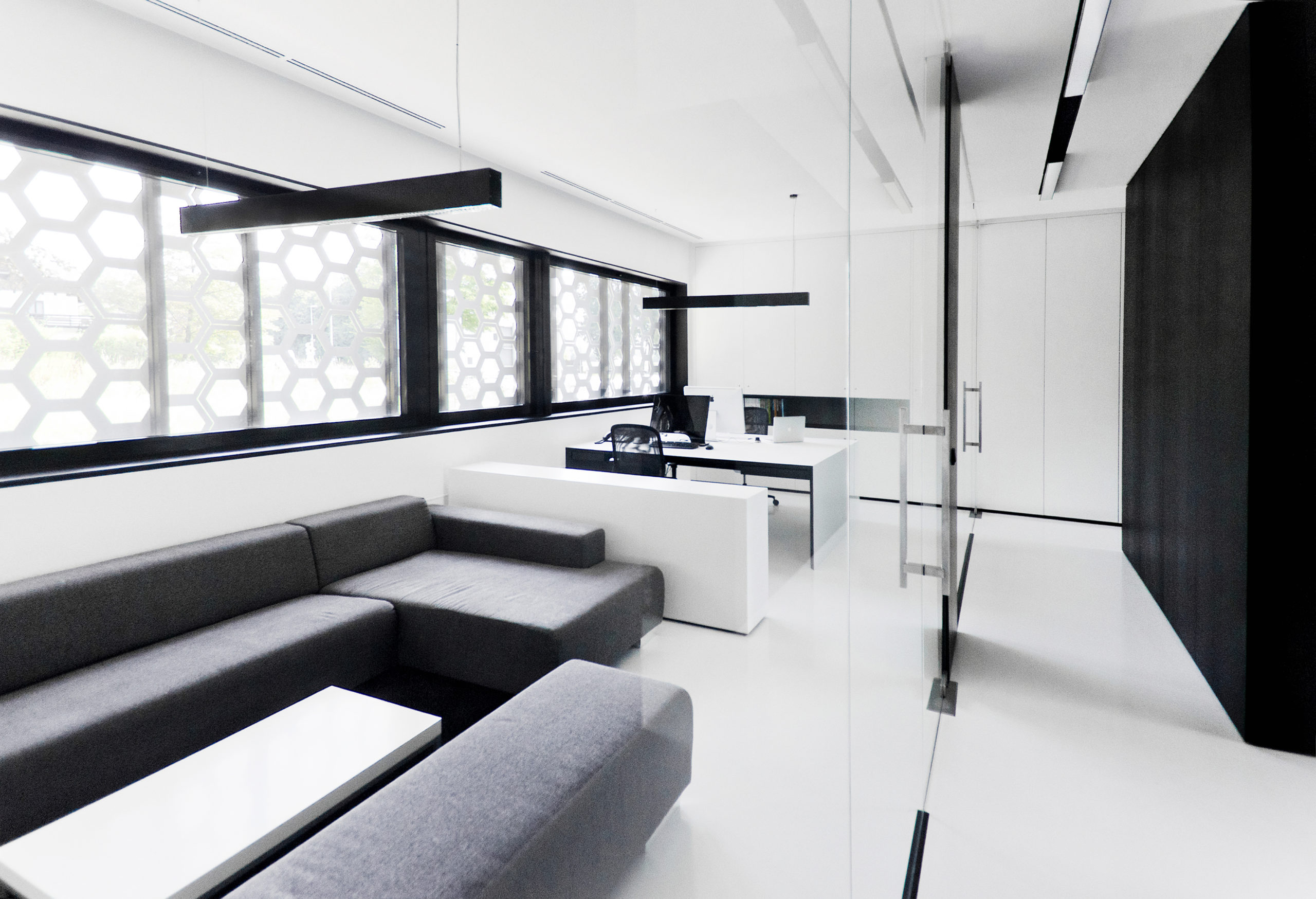
FORMSTELLE by FORMAT ELF Architekten, Töging am Inn, Germany Photographs by FORMAT ELF Architekten
Lasered cut-outs create the honeycomb façade of the Formstelle building, located in the German small-town of Töging on the Inn. The single-story pavilion sits at the entrance to the former VAW aluminum works. Stefan Hanninger and Robert Maier of FORMAT ELF Architekten designed the pavilion with the striking aluminum façade, which also serves as the architects’ head office. The smooth, icy exterior is designed flawlessly to allow precise amounts of light into the building in particular areas where required.
Architects: Want to have your project featured? Showcase your work by uploading projects to Architizer and sign up for our inspirational newsletters.
 FORMSTELLE
FORMSTELLE  La Bella Vita
La Bella Vita  Yuanlu Community Center
Yuanlu Community Center 